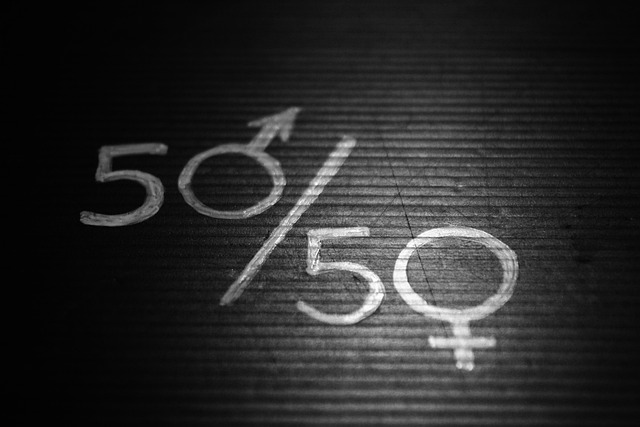In our increasingly warming world, the intertwined threats of desertification and climate change demand urgent action and innovative solutions. While many focus solely on technological advancements and policy reforms, one critical factor often overlooked is the role of gender equality. Empowering women and ensuring their equal participation in environmental decision-making can significantly bolster our collective resilience against these pressing issues.
The environment is not just a backdrop for human existence; it is essential for our survival. Climate change and desertification disrupt the delicate balance of ecosystems, leading to diminished resources such as water and arable land. When women, who are often the primary caretakers of families and natural resources, are excluded from environmental management, we lose valuable knowledge and perspectives. Studies have shown that communities with female leadership are more likely to implement sustainable practices that protect their environment. This is largely due to women’s traditional roles in agricultural and resource management, where they have developed skills and knowledge essential for adapting to climate threats.
Gender equality is not merely a social ideal; it is an environmental imperative. When women have equal access to education, financial resources, and leadership opportunities, they are more equipped to make decisions that contribute to environmental sustainability. Programs aimed at enhancing women’s rights and contributions in areas like sustainable agriculture are vital. For example, when women farmers receive training on climate-resilient crops, they are more able to withstand the impacts of drought or flooding, ultimately benefiting their families and communities.
Furthermore, integrating gender perspectives into climate policies leads to more comprehensive and effective solutions. Women often experience the impacts of climate change differently than men due to social and economic inequalities. By understanding these differences, policymakers can address the specific needs of various groups, leading to more equitable and effective climate action. Gender-sensitive approaches can enhance community resilience and ensure that all voices are heard in the fight against desertification.
As we grapple with mounting environmental challenges, let us recognize that the path to a more sustainable future is not solely paved with technological fixes. Instead, it requires a concerted effort to promote gender equality and empower communities. By fostering an inclusive approach that values the contributions of women, we can tackle climate change and desertification with greater efficacy. Investing in women is investing in our planet’s future—a future where both people and nature can thrive harmoniously.
In conclusion, the nexus between gender equality and environmental resilience is a powerful illustration of how social progress can drive ecological sustainability. As we move forward in addressing the challenges of climate change and desertification, let us embrace the principle of equality, recognizing that empowering women is not only a matter of justice but a crucial strategy for survival in an uncertain world.


